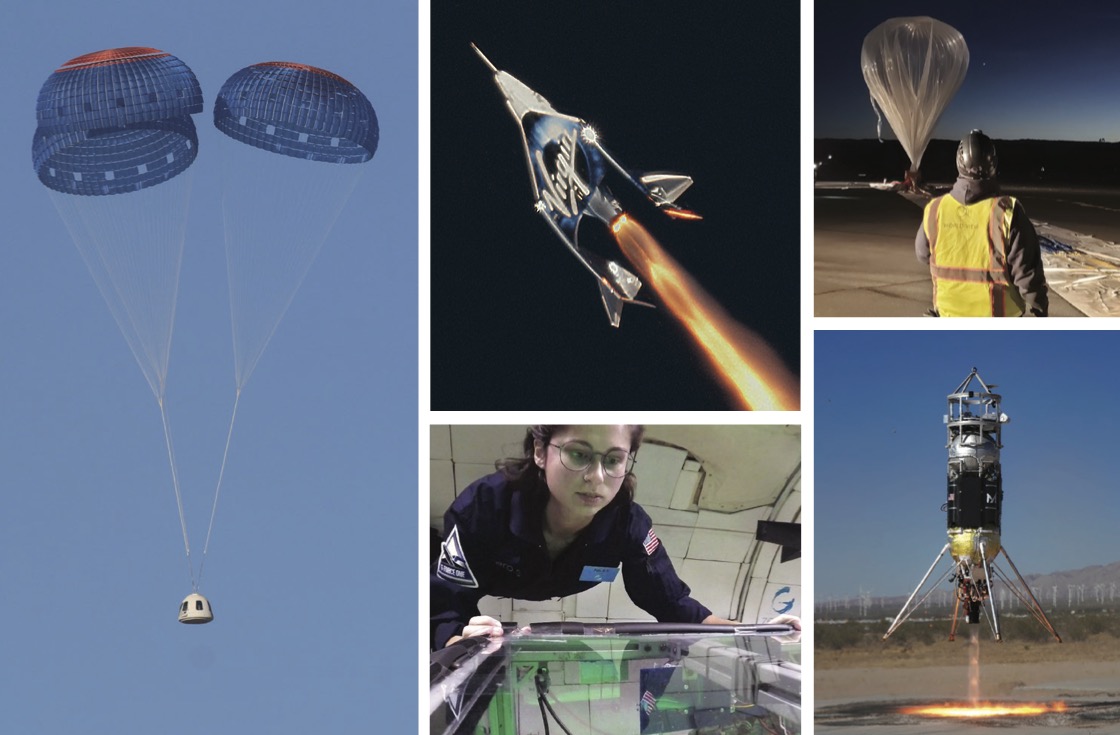Flight Opportunities
Lessons Learned Library
Top Tips for Each Type of Flight Platform
Click the links below to jump to the advice for a specific type of flight platform. Then check with your flight provider for considerations for their specific vehicle. In some cases, a link is provided where you can hear more about the suggestion from the relevant Community of Practice webinar.
Explore the Community of Practice webinars about Top Tips for Each Type of Flight Platform
Parabolic Flights
Clarify research team roles
Assign and document clear roles and responsibilities and make sure that each team member fully understands them prior to flying.
Rehearse flight procedures with your team
Run an all-hands-on-deck rehearsal to reveal holes or errors to be addressed and ensure that all research team members understand how the experiment will run on the day of the flight.
Get your timing down
Consider the timing of each step and rehearse those timings carefully with the researchers involved to make sure that they are accurate.
Plan for the environment
Practice your experiment with the in-flight environment in mind. Consider simulating the challenges you expect to encounter.
Practice in-flight communication with your team
Consider using brief, clear call-outs during flight. Also, ask the flight provider how they will communicate with you and your team during flight.
Train all participants
Go through scenario planning and/or debug training with all team members so they can resolve any issues that arise during the flight.
Prepare for in-flight nausea
- Account for the time needed for team members to get used to the in-flight environment and be realistic with your expectations. Use the first few parabolas to get used to the environment. Ask the flight provider in advance for advice on how to best get accustomed to the flight environment.
- Cross-train everyone so that all team members can do each other’s jobs if someone gets sick.
- Develop a clear procedure if a team member is not feeling well so the experiment can proceed without disruption.
High-Altitude Balloons
Meet the flight provider’s requirements
Follow all requirements outlined in the payload user’s guide (PUG), including parameters for mass, center of mass, expected temperatures, secondary locking features for fasteners, secondary capture features for deployables, and range safety.
Consider the environmental conditions of high-altitude balloons
The environment could be very cold, and there could be pressure issues. Design your payload accordingly.
Automate experiment processes
Remember that your experiment will be out of your hands during the flight test; therefore, the entire experiment must run autonomously.
Plan for remote and dusty environments
Bring appropriate clothing and support equipment for the test environment, including closed toe shoes, hat, sunglasses, pants (no shorts/skirts), clean tents if needed for payload staging, and rental cars suited for off-road terrain for payload recoveries.
Be prepared for darkness
Bring a headlamp as most launches happen at dawn.
Factor in delays
Plan for weather delays up to 7 days.
Plan for long campaign days
Pre-flight and actual flight campaign days are long. Ensure you bring enough people and/or plan for adequate crew rest.
Rocket-Powered Vehicles
Meet the flight provider’s requirements
Check that you are following all requirements outlined in the payload user’s guide (PUG), such as parameters for electrical, communications, range safety, and vibration tests (if required).
Consider the environmental conditions of rocket-powered vehicles
Vibrations likely will be substantial during launch, flight, and/or descent. Deign your payload accordingly.
Automate experiment processes
Remember that your experiment will be out of your hands during the flight test; therefore, the entire experiment must run autonomously.
Plan for remote and dusty environments
Bring appropriate clothing and support equipment for the test environment, including closed toe shoes, hat, sunglasses, pants (no shorts/skirts), clean tents if needed for payload staging, and rental cars suited for off-road terrain for payload recoveries.
Be aware of the procedures
Ensure that you understand range safety rules and mishap plans.
Factor in delays
Plan for delays due to high winds.
Orbital Platforms Hosting Payloads
Confirm the environmental test requirements
Get clarity on testing requirements (e.g., vibration tests, off-gas all volatiles) and how/when tests should be performed. Keep in mind that you may be required to test your payload once and then again after it is integrated with the platform.





























